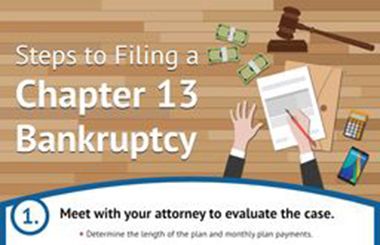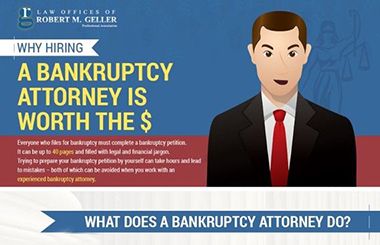If you have ever filed an income tax return, you likely know the documents used are called “schedules.” Schedules are also used when you file for bankruptcy. The various schedules associated with a bankruptcy filing can be complicated, which is why it is so important to work with a skilled professional.
Would you like to learn more about bankruptcy schedules? Here is a brief overview of the various documents you will submit if you are filing for bankruptcy:
Schedule A
Schedule A is a list of your real property, including land, buildings, and homes you own. You will need to include the location of the property, its value, any liens, and how the property is legally held.
Schedule B
Schedule B is a list of your personal property. It is divided into 35 categories. In order to avoid discharge of your bankruptcy, you must list every single item you own, right down to the smallest of trinkets. It also includes a space for your intangible property, which includes retirement plans and stocks.
Schedule C
Schedule C allows you to claim exemptions. Property not listed on this form will be seized and held by the trustee in a Chapter 7 filing. Your bankruptcy attorney will help you determine whether or not property qualifies for an exemption.
Schedule D
Schedule D is where you list your creditors with secured claims. An example of secured property is a home. If a creditor can seize the property to honor the debt it is secured property.
Schedule E
Schedule E is for unsecured debt with priority claims. Priority claims include taxes and child support.
Schedule F
Schedule F is for unsecured non-priority debt. This includes credit cards and medical debt.
Schedule G
Schedule G is for executory contracts and unexpired leases. For instance, if you contracted with someone to provide a product and you are unable to fulfill the order, that debt is listed here.
Schedule H
Schedule H is where you list co-debtors. If you are married and filing for bankruptcy, this is where you list your spouse.
Schedule I
Schedule I is where you list your monthly income. Be sure to include your total income from all sources.
Schedule J
Schedule J is for categorizing your monthly expenses. Both Schedules I and J allow you to share information about your financial situation with the court.
In order for your bankruptcy to be a success, each form must be completed completely and correctly. Your attorney can help you understand and complete the forms. If you are considering bankruptcy or you have begun filing and the amount of paperwork is overwhelming, we can help. Contact the Law Offices of Robert M. Geller at 813.254.5696 for more information.




























![Signs That You May Need to File Bankruptcy [Infographic]](https://djml3wkzi26ea.cloudfront.net/wp-content/uploads/2021/01/signs-chap7-v-chap13.jpg)
![How To File for Bankruptcy [Infographic]](https://djml3wkzi26ea.cloudfront.net/wp-content/uploads/2020/07/bankruptcy-steps-infographic-web.jpg)










